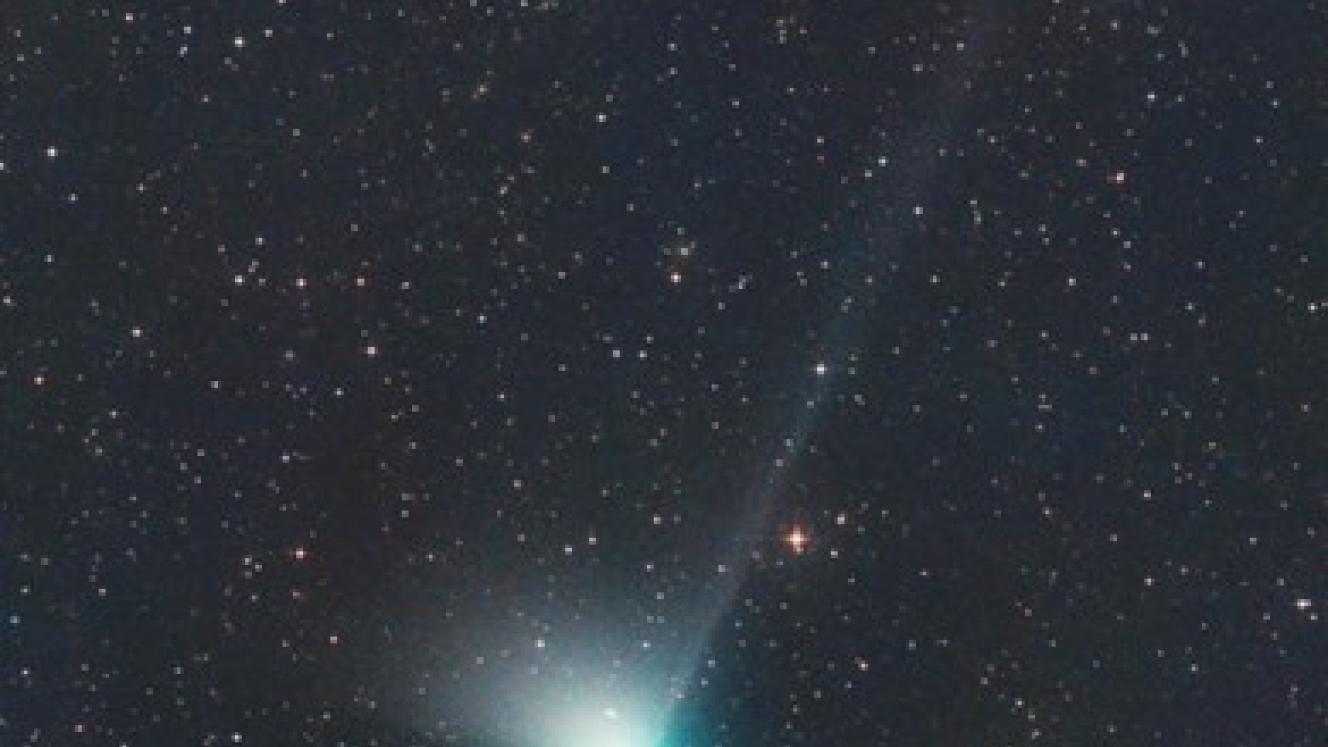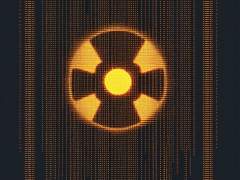Comet ZTF (C/2022 E3) is approaching Earth for a close encounter next month, and it already looks great. Michael Jaeger photographed the two-tailed interplanetary snowball from his backyard observatory in Martinsberg Austria:
"This comet has become an exciting object," says Jaeger, "Although it will not reach maximum brightness until late January or February, it already shows two tails and a bright green atmosphere."
Discovered in March 2022 by the Zwicky Transient Facility, Comet ZTF is falling in from the outer solar system. Perihelion (closest approach to the sun) will occur on 12 January 2023, at a distance of 1.11 AU. Closest approach to Earth follows on 1 February 2023, at a distance of 0.28 AU. Between those two dates, the comet could hit magnitude 5 or 6, technically visible to the unaided eye.
The two tails Jaeger saw are the dust tail and the ion tail. The ion tail is made of gas and is blown directly away from the sun by the solar wind. The heavier dust tail is curved and more closely traces the comet's orbit.
According to Jaeger, the comet is currently 8th magnitude, which makes it an easy target for mid-sized backyard telescopes. A new Moon over Christmas weekend will provide invitingly dark skies for comet-finding. Point your optics here.














